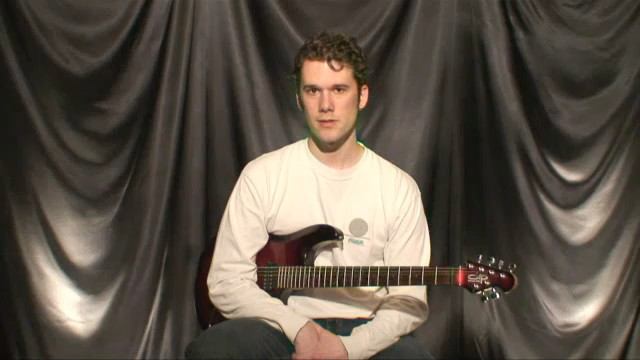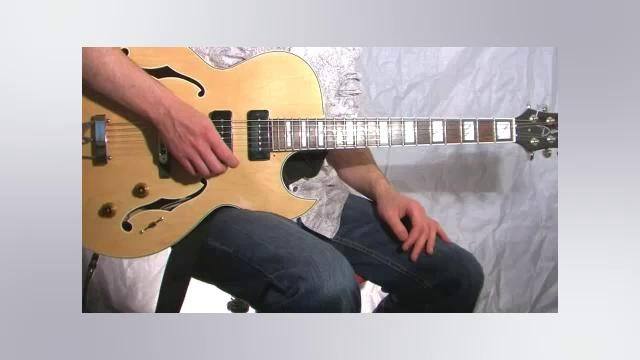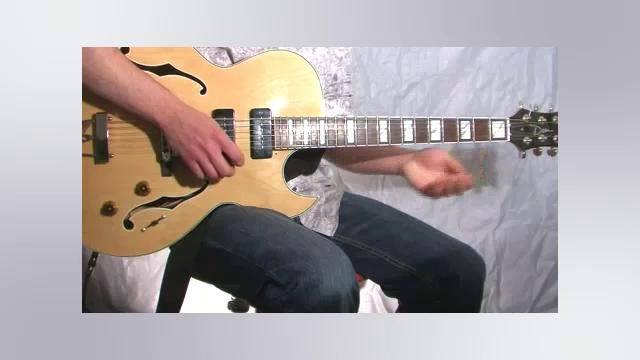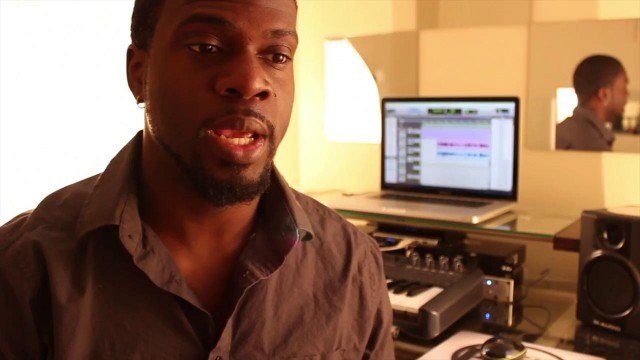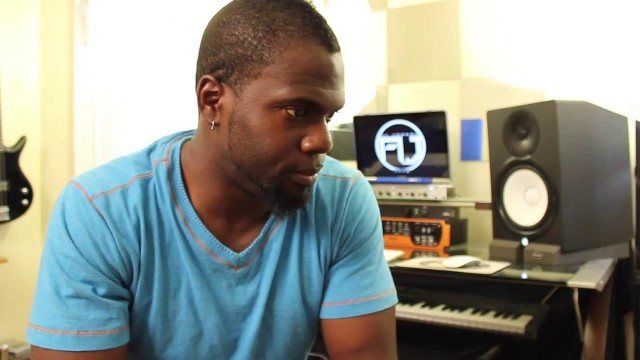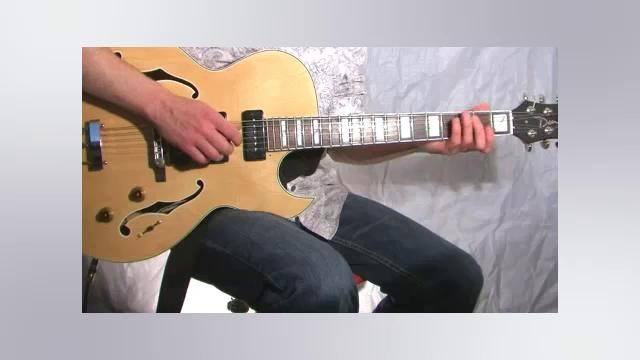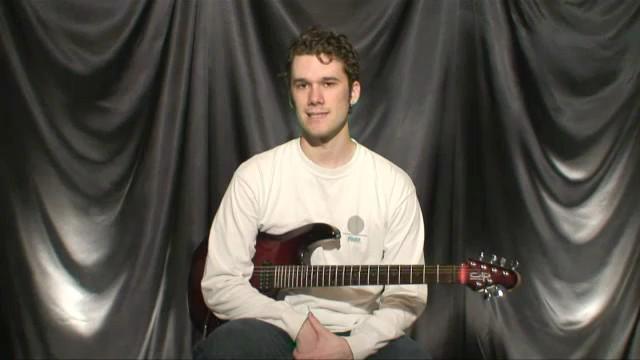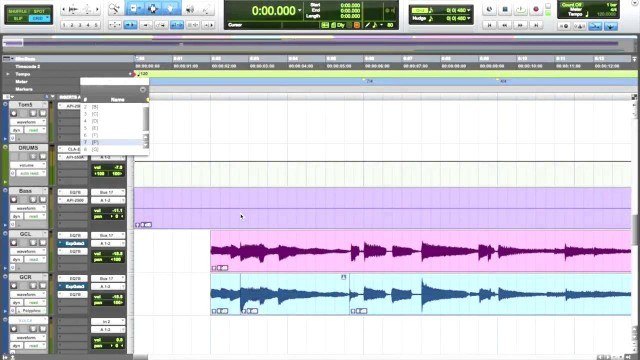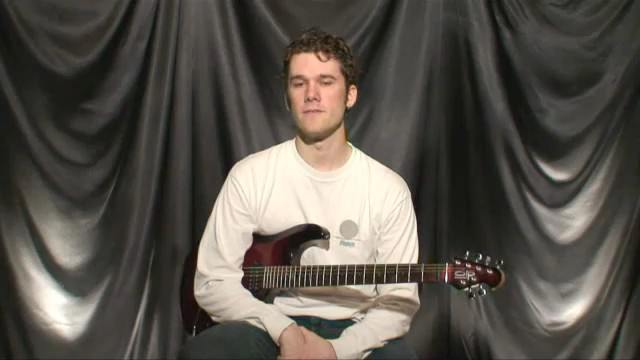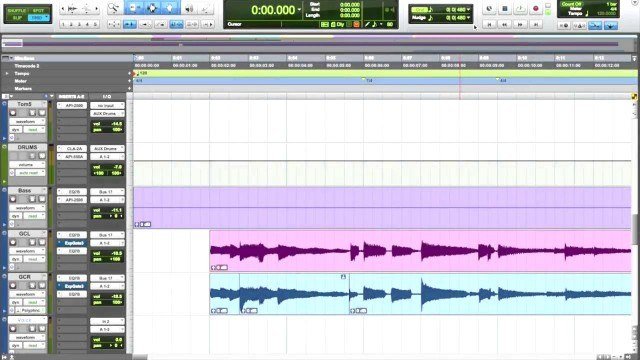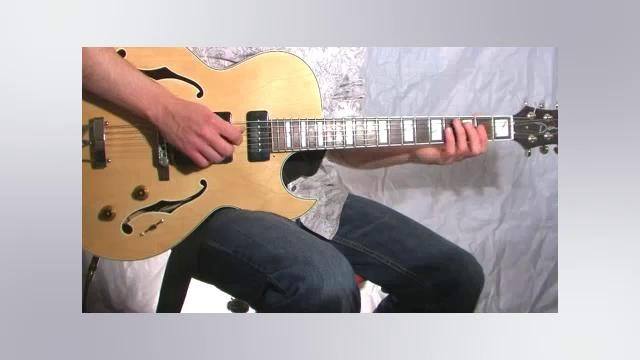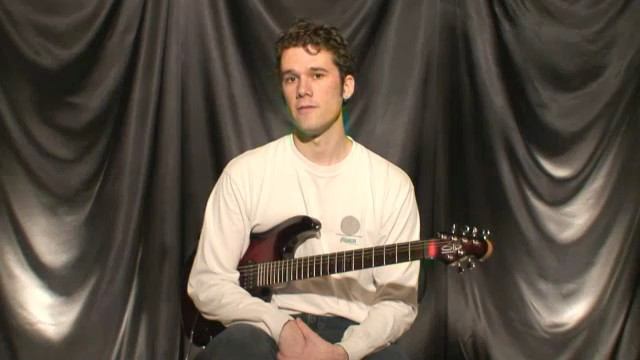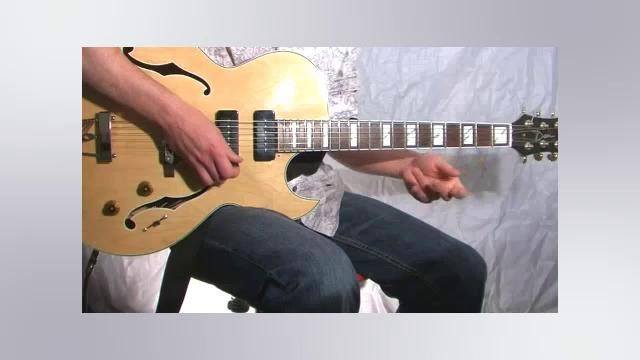We are now going to dive into the world of understanding Time Signatures and how they are made up. This is also a continuation of your ability to recognize and count different rhythmic variations. We touched on the 4/4 time signature in the first lesson, but now we are going to go more in depth.
So, to start off, a time signature is used to signify how many beats are in a measure and what note gets the beat, and the simplest of all of these is the 4/4 time signature, which looks like this when written out of a staff:

Time Signatures are in place to show how beats are organized in a measure, which is called meter, and sometimes time signatures are called meter signatures.
The way a time signature is made up of, is that the top number indicates how many beats are going to be in a measure, and the bottom number indicates what type of note gets the beat. So in a 4/4 time signature, we can see that the top number tells us that there are going to be 4 notes within a measure, and the bottom note tells us that the note that is going to get the beat is a Quarter Note. Now, you're not limited to just using 4 beats within a measure, the top number can be as low as 1, or as high as...well...as high as you want!
There are other Quarter note time signatures that are commonly used. 3/4 is another one, which tells us that there are going to be 3 quarter notes per measure instead of 4, so this would be counted out as "one, two three. one, two, three." If you've ever listened to a waltz, then you have heard a 3/4 time.
![]()
Another common quarter note time signature is 2/4 time. This one is used more in marches and other faster music, but is very easy to play because within 2 measures of 2/4, there is one measure of 4/4!

The most common listing of quarter note time signatures are listed here:

Now, you don't have to stay within a certain time signature through an entire piece of music. You can change time signatures within the context of your song as well. Here is an example of how this would look:

Below is a rhythmic exercise that uses many of the notes that we have used before, but also combines some of the quarter note time signatures we have learned here. This one is quite long and might take a bit to get through completely so go through this slowly at first, remembering to clap and sing out the beats before attempting to play these on the guitar.














































































































